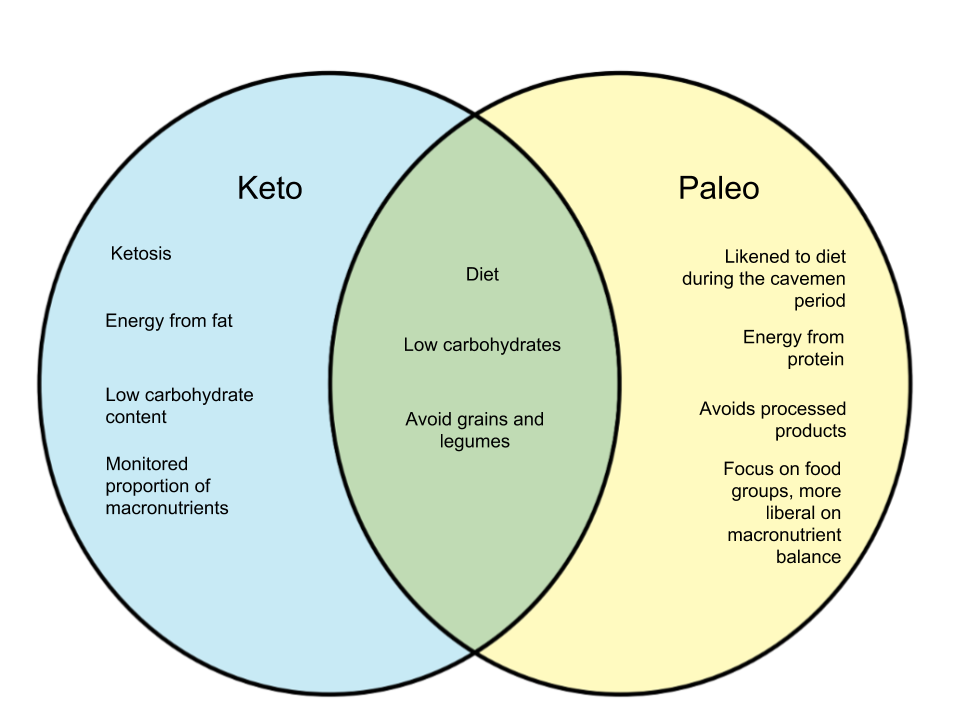Difference between Paleo and Keto
Diet enthusiasts and those affiliated with food and cooking may have heard of keto and paleo. Sure, we know that the two are currently trending diet fads. Some may think that the two are basically the same - concentrating on low-carb diets, but they are in actuality fundamentally different.
The simplest difference between a ketogenic and Paleolithic diet (yes, that’s their complete names) is that in a keto diet, a majority of your calories comes from fats. On the other hand, paleo diets focus on getting calories from protein.
The main thing in keto diets is to put one’s self in a state of ketosis - the body’s process of burning stored fat. Instead of burning carbs to derive energy, you are burning fat for your body’s fuel. Historically speaking, the keto diet was supposed to be a tool to manage disease rather than promote weight loss.
In a ketogenic diet, one should aim to derive 60-80 percent of your calories from fat, while the remaining amount can be taken from protein. If you want to consume carbohydrates while maintaining this diet, it is recommended to consume only up to 10 percent of your daily calorie intake,
Meanwhile, the paleo diet takes a more liberal and relatively easier approach. Paleolithic diet regimens have a higher variety of options and allows more fruits and vegetables. This diet concentrates on food groups and is set up to follow the assumption of one eating like those in the stone age era. This means that there is limited access to greens, grains, and naturally, processed food. The paleo diet focuses on protein - practitioners consume food that are high in protein but also low in carbohydrate content.
| Keto | Paleo | |
|---|---|---|
| Full name | Ketogenic diet | Paleolithic diet |
| Focus | Low-carbohydrates, energy from fats. | Low-carbohydrates, protein. |
| Model | Principle of ketosis or burning stored fat in the body; burning fat for fuel rather than carbohydrates. | Assumption of consuming food like cavemen in the paleolithic period, with little greens and grains and no processed food. |
| Benefits | Helps improve conditions and disorders like Alzheimer’s disease and type 2 diabetes, helps prevent and treat seizures, assists in rapid weight loss | A diet without preservatives, additives or chemicals, less sugar and processed food intake, more iron from consumption of red meat. |
| Foods within the diet | Meat, plant-based meat, poultry, eggs, fish, dairy, healthy fats, leafy greens, nuts, seeds, berries. | Grass-fed meat and poultry, seafood, eggs, nuts, seeds, oils aside from vegetable and canola, fruits, vegetables. |
| Foods avoided | Whole grains, refined grains, refined sugars, candy, baked goods, sugary drinks, fruit juices, grains, low-fat dietary goods, fruits aside from a small amount of berries, beans, legumes, starchy vegetables | Pasta, bread, grains, beans, legumes, peanuts, dairy, refined vegetable oils, soy, refined sugar, potatoes, salty foods, wine, beer, peanut butter, processed foods. |

